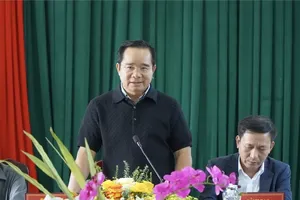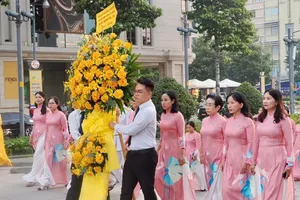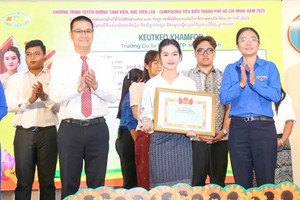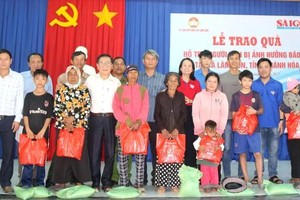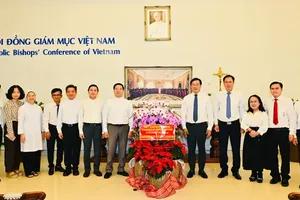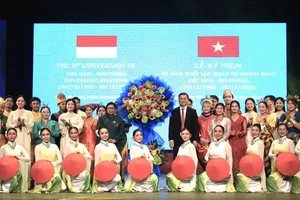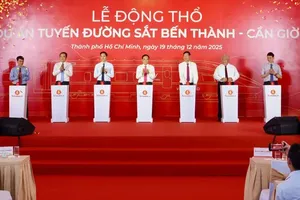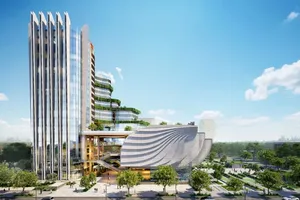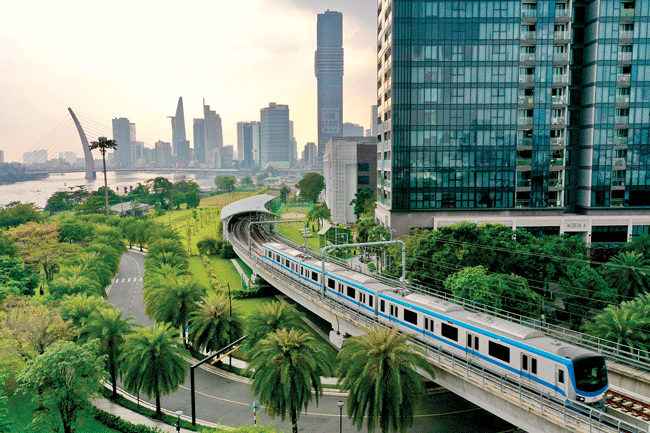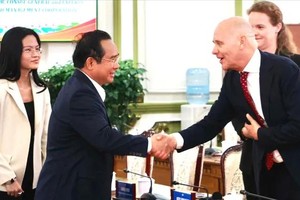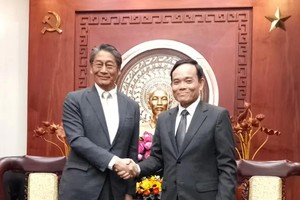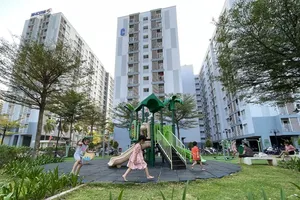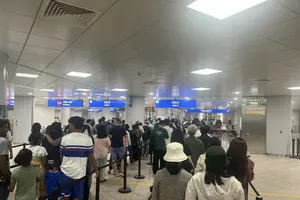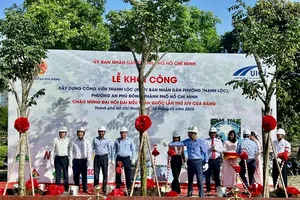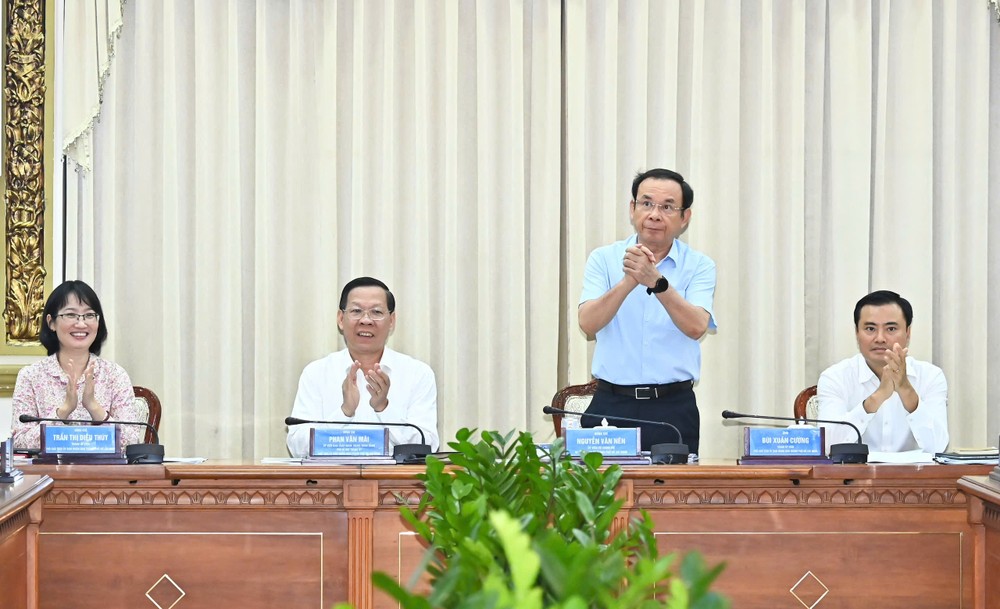
Yesterday afternoon, the Ho Chi Minh City People's Committee convened to discuss the socio-economic landscape for September and the first nine months of 2024 aiming to outline essential tasks and innovative solutions necessary for achieving the goals set for 2024.
During the meeting, Chairman Phan Van Mai noted that the socio-economic performance in the third quarter showed continued recovery and improvement compared to the previous quarter.
However, he emphasized that these results do not represent a significant breakthrough. To meet the annual growth target, which is crucial for the foundation of 2025 and the entire term, substantial progress is required. Consequently, each department, sector, locality, and leader must identify specific areas of focus for implementation.
Furthermore, the Chairman highlighted existing challenges, including a decline in foreign direct investment (FDI) and a public investment capital disbursement rate of only about 20 percent. He also mentioned that the execution of the National Assembly’s Resolution 98/2023/QH15 is progressing slowly.
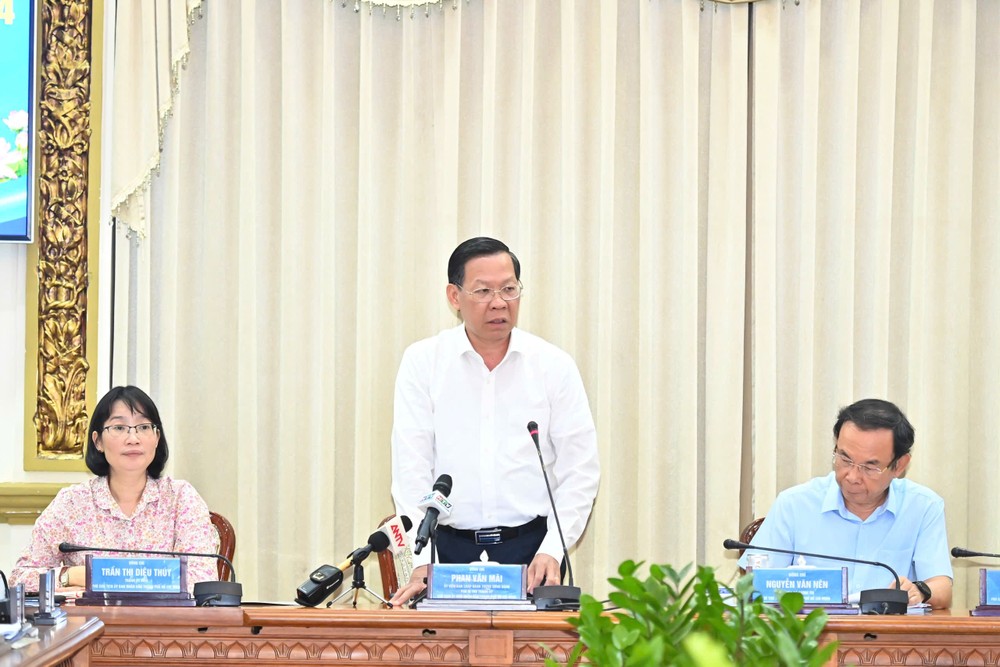
In analyzing the limitations, the Chairman of the Ho Chi Minh City People's Committee pointed out the culprit is the lack of smooth coordination between related departments, agencies, sectors, and localities.
Therefore, he urged each agency, unit, and locality to thoroughly review and enhance the efficiency of its operations. Collaboration is key to streamlining the administrative system. Simultaneously, a strong focus should be on implementing Directive 12 of the Ho Chi Minh City People's Committee, which outlines strategies to stimulate economic growth until 2025.
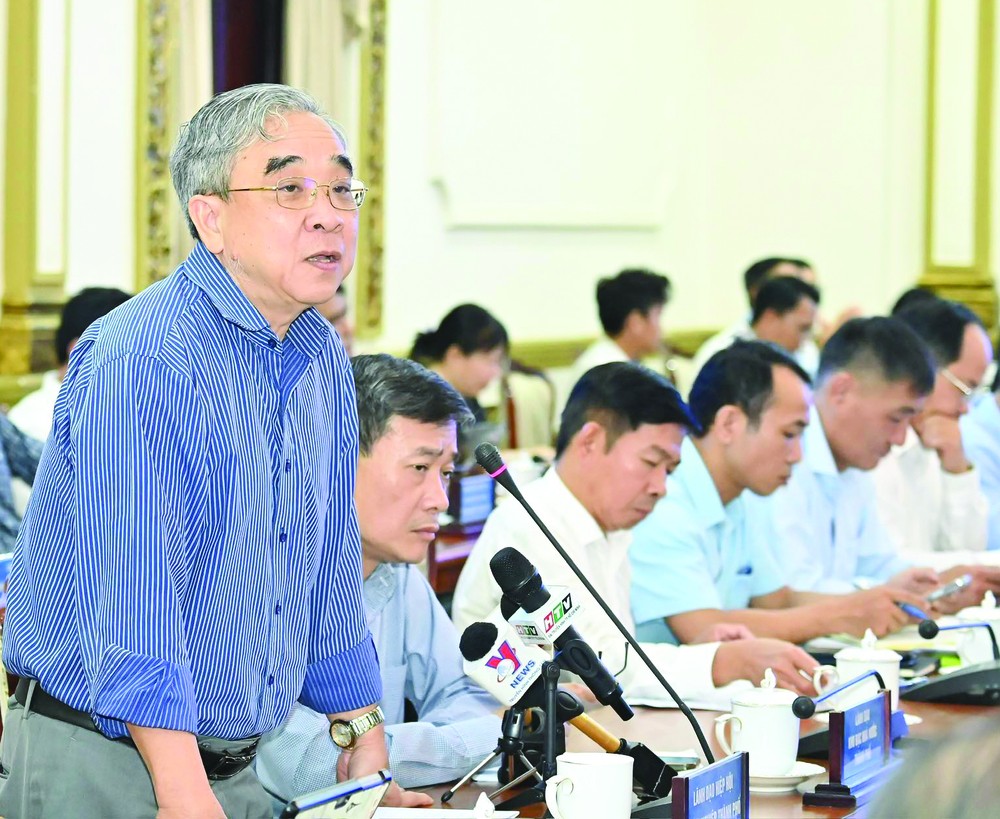
Chairman Phan Van Mai of the Ho Chi Minh City People's Committee also emphasized the importance of addressing outstanding issues. The Ho Chi Minh City People's Committee Office is tasked with synthesizing, categorizing, and advising the Standing Committee on appropriate directives to ensure tangible results.
Chairman of the Ho Chi Minh City People's Committee Phan Van Mai emphasized the importance of addressing outstanding tasks. He instructed the Ho Chi Minh City People's Committee Office to compile and categorize these tasks, providing recommendations to the Standing Committee to ensure tangible outcomes.
Furthermore, he highlighted that the machinery of the state should join hands to do well the disbursement of public investment funds, while also prioritizing the resolution of issues related to the issuance of land use right certificates for citizens. Reports presented during the meeting indicated that the socio-economic landscape of Ho Chi Minh City experienced continued positive developments in September 2024.
Director of the Department of Planning and Investment of Ho Chi Minh City Le Thi Huynh Mai said that with drastic solutions, in the third quarter, many completed projects contributed to reducing traffic gridlocks. Among them are the underpass at the intersection of Tran Quoc Hoan - Phan Thuc Duyen connecting with Terminal T3 of Tan Son Nhat airport; a branch of the HC2 underpass at the intersection of Nguyen Van Linh - Nguyen Huu Tho in District 7.
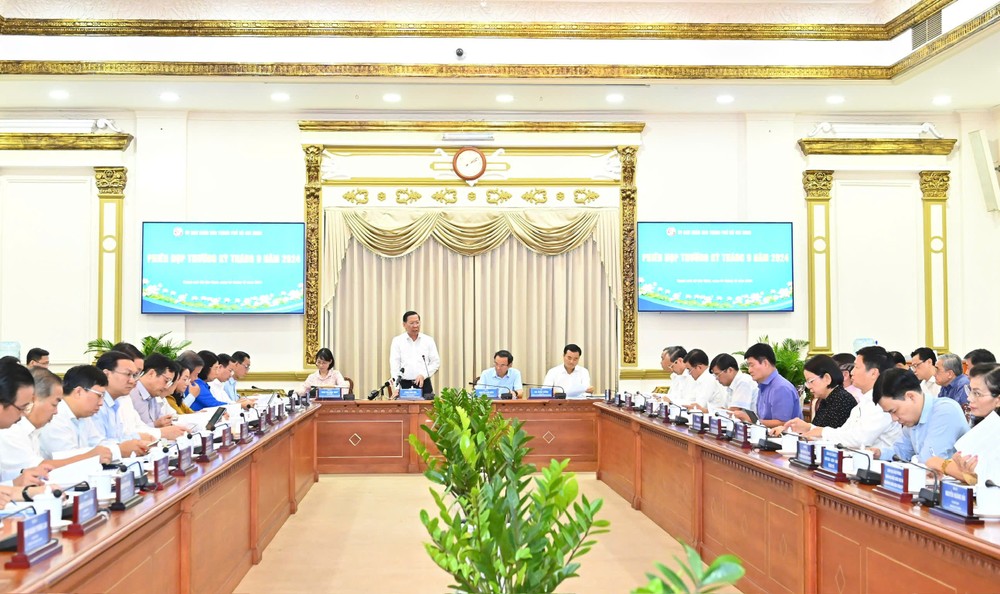
Further analysis from Director Nguyen Khac Hoang of the Ho Chi Minh City Statistics Office highlighted positive trends. Specifically, industrial production saw a notable increase, the consumption index rose by 9.7 percent, and inventory levels dropped by 17.7 percent compared to the same period last year.
These figures indicate rising market demand. Many businesses have orders extending to the end of 2024, and even into the first quarter of 2025. Exports show positive trends. However, rising input costs and the unclear role of the four key industries pose challenges. Slow disbursement significantly impacts the construction industry and others, diminishing capital's ability to attract non-state investment.
Commenting on business orders, Chairman Nguyen Ngoc Hoa of the Ho Chi Minh City Business Association (HUBA) noted the positive trend. However, he pointed out that orders are still predominantly from the FDI sector, while purely Vietnamese enterprises are still living hand to mouth.
Enterprises have high hopes that the Center for the Fourth Industrial Revolution (C4IR) can become a place where supply and demand converge, providing small and medium-sized enterprises with affordable solutions for successful digital transformation.
Regarding Ho Chi Minh City's program to support interest rates for priority socio-economic development projects, Mr. Nguyen Ngoc Hoa shared that Ho Chi Minh City State Financial Investment Company (HFIC) has appraised over 10 projects with a total loan amount nearing VND300 billion. Meanwhile, commercial banks also offer various credit policies to unify capital resources for businesses.
However, land resources remain constrained and require solutions to unblock them. The current collective mechanism, which relies on consensus from multiple departments and agencies, is slowing down the process.
